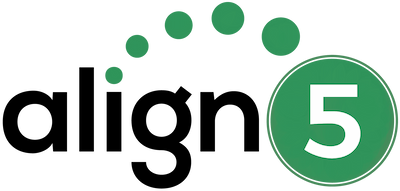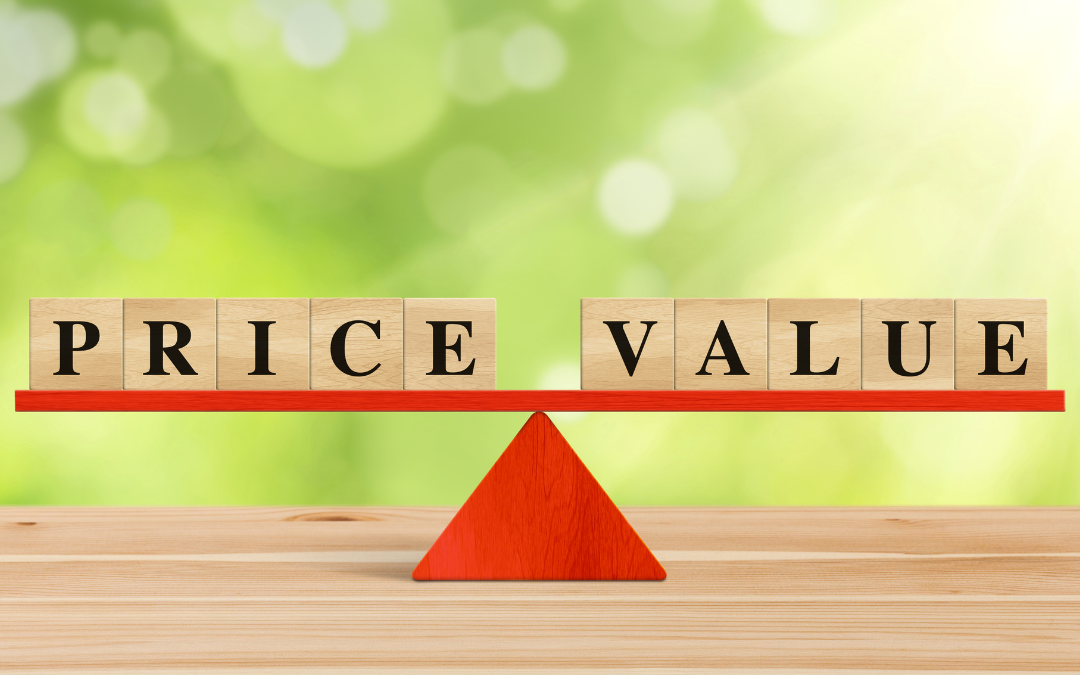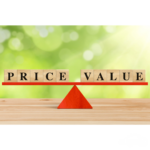
I didn’t take many “business” classes in college that I felt were relevant to my life as an entrepreneur, but did grab a handful of ideas here and there that are useful. One of my favorites is “price elasticity of demand” from the study of microeconomics. The idea is pretty simple, how does the change in price of a particular product or service impact the demand for that product?
Some of the classic examples of “inelastic” demand come in product categories like cigarettes, alcohol, milk and bread, and concert tickets (thanks a lot TayTay). Some of the classic “elastic” products are luxury goods, automobiles, fast food, and airline tickets. Small changes in price can have larger effects on demand.
One of the more interesting examples of inelastic demand that is fascinating to me is the hotel mini bar. It is the ultimate intersection of convenience, availability, and maximum pricing. Rarely do we ever hear, “Wow, I cannot believe how cheap everything is in the minibar!”. But we do often hear the opposite…
My son Reece turned 21 recently, and we visited him to celebrate his birthday in Las Vegas. We stayed at a very high-end, name-brand hotel on the strip. It is a name every single person reading this would know (I have a friend on the board of directors so I won’t name names). We were in a beautiful suite high above the strip… with a mini bar!
It is one of those special minibars where if you pick something up for more than 15 seconds, a magic sensor knows and charges you, which our 15-year-old was both fascinated and terrified about… he picked up a liter bottle of Fiji water from the fridge and said, laughing, “you mean if I don’t put this down in 10 seconds it will cost us $25?”. I laughed and said it probably wouldn’t be $25 but yes, that is how it works. He then presents the rate card to me and says “Dad it’s $25”. I was pretty surprised…
Now to be clear, I am one of the dummies that makes the minibar inelastic. I have had my share of $9 Snickers bars, and $14 peanuts that are in a 4oz. container, and $12 beers… but $25 for a quart of water? Really??
This led to a great discussion on price elasticity with my kids and caused me to pause and think about pricing on a deeper level.
We always teach that pricing is anything but a rational exercise. It is one of the most important and misunderstood, aspects of strategy. It sends psychological signals to buyers, and underpricing can be as hard on demand as overpricing in many scenarios, so this isn’t just about the upper end of the spectrum.
But it leads me to the question of when do you go too far?
Coming back to the bottle of Fiji for $25… I get that it may be the proper price to maximize margins. Price x Quantity equals revenue, and there is always a graph (it’s microeconomics after all) and some really smart economists probably figured out that $25 here on the strip in Vegas, at this name-brand hotel, is the best price to maximize margins… OK great. But what else does that price do?
For starters, with me anyway, it damages the brand. If I was really thirsty, and there were no other options, I would probably buy a $25 Fiji… but very begrudgingly. But even without buying one, I am impacted by the price. I was taken aback actually. And it is not about “affordability” but rather the uneasy subtext of feeling like I was being taken advantage of, gouged, a sucker. Further, it made me assume that everything in the hotel was wildly overpriced. It actually made me MORE price-sensitive in other areas. If Fiji is $25, now I am mad that this coffee is $9, and this hamburger is $25, and man this whole damn hotel is overpriced. Then I went to a sister hotel, same brand, different flag… and felt that was all overpriced.
It sounds crazy but I would probably be reluctant to stay with this brand again… and not because I feel I can’t afford it, but because I feel it is OVER priced. That there is not good VALUE for the price… and all this, completely subconsciously, from a wildly overpriced (in my opinion) minibar item. So I wonder, is the extra $8-10 a unit worth the damage that it is doing to the brand? Harder to measure than how many bottles of water did we sell…
Don’t get me wrong, I am a poster child for charging premium prices and delivering a premium result. To me it is the only way… but there is a limit, always a limit, and oftentimes things work in concert with each other, and if you gouge you may be doing damage that doesn’t show up in the standard metrics… something to think about!
Cheers,
John
Founder of the align5 Companies, CEO of Scaling Up Coaches, and Serial Entrepreneur
Did you enjoy this content? Click below to subscribe to John’s Blog!






